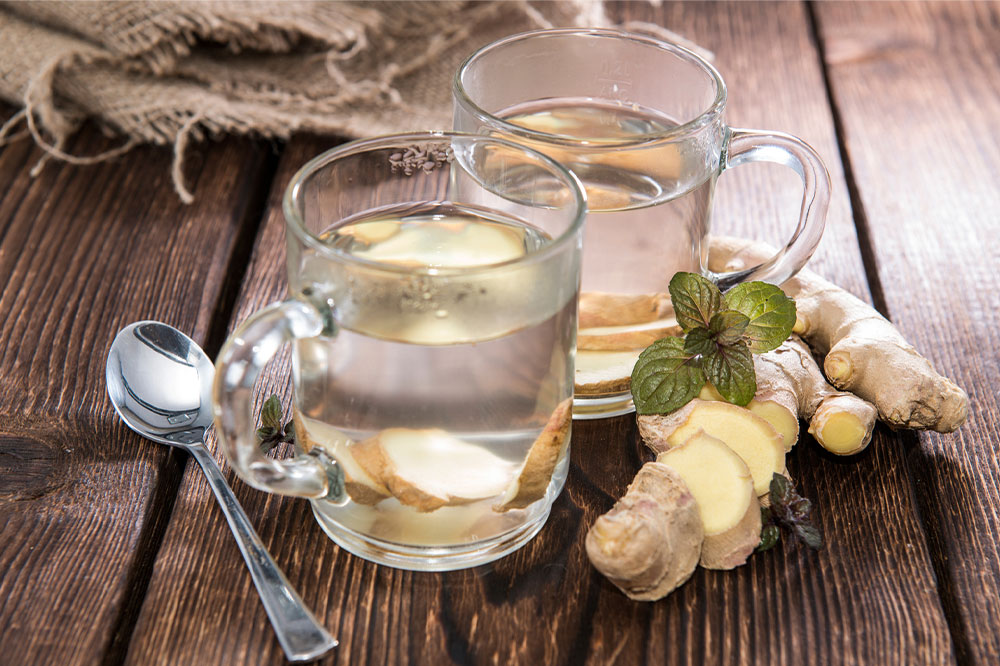Comprehensive Natural Strategies for Managing Leg Cellulitis Effectively
Discover effective natural remedies for managing leg cellulitis, including essential oils, turmeric, oregano oil, and Manuka honey. Learn how these natural options can reduce inflammation, fight bacteria, and speed up healing alongside conventional treatments. A comprehensive guide to support recovery safely and effectively.

In-Depth Natural Approaches for Treating Leg Cellulitis
Cellulitis is a common bacterial infection that affects the skin and underlying tissues, leading to redness, swelling, warmth, pain, and sometimes fever. This condition can occur anywhere on the body but is particularly prevalent on the legs. It is caused by bacteria, most often streptococcus or staphylococcus species, entering through cuts, wounds, or other skin breaches. Factors such as compromised immunity, diabetes, skin injuries, or contact with contaminated surfaces can increase the risk of developing cellulitis.
While conventional treatment often involves the use of antibiotics to eliminate the bacterial infection, many patients seek natural remedies to complement their medical regimen. These remedies can help in reducing inflammation, alleviating pain, and accelerating healing processes. It is essential to use these natural options alongside prescribed medications and always consult healthcare professionals before starting any new treatment approach.
Below, we explore a variety of natural strategies that have shown promise in managing leg cellulitis effectively. These methods focus on reducing inflammation, fighting bacterial growth, soothing irritated skin, and promoting faster recovery. Incorporating these remedies into your treatment plan may help mitigate symptoms and support your healing process.
Essential Oils
Many essential oils possess anti-inflammatory, antibacterial, and soothing properties that can aid in managing cellulitis symptoms. Topical application of certain oils can help calm irritated skin, reduce swelling, and support the body’s healing response. For instance, tea tree oil is well-known for its potent antimicrobial effects against bacteria and fungi. When diluted and combined with a carrier oil like aloe vera gel, it can be applied directly to the affected area to accelerate healing and prevent secondary infections.
Coconut oil is not only moisturizing but also adds antibacterial benefits, making it a useful natural remedy. Its nourishing properties help hydrate the skin while fighting off bacteria, which can prevent the infection from worsening. Always ensure to use pure, high-quality oils and perform a patch test before extensive application to avoid any skin sensitivities.
Turmeric
Turmeric, a bright yellow spice widely used in culinary dishes and traditional medicine, contains curcumin—an active compound with powerful anti-inflammatory, antioxidant, and antiseptic properties. Its topical applications and oral consumption can assist in managing cellulitis symptoms. Drinking warm turmeric-infused milk can help reduce swelling, combat bacterial growth, and boost immunity.
Furthermore, creating a paste from turmeric powder mixed with honey and applying it directly to the infected area can facilitate healing. This natural remedy helps diminish infection-related inflammation, speeds up recovery, and supports skin regeneration.
Oregano Oil
Research indicates that oregano oil has strong antimicrobial properties, attributed to compounds like carvacrol and thymol. These natural substances have demonstrated effectiveness against various bacteria, including those responsible for cellulitis. Using diluted oregano oil topically can help reduce bacterial load and inflammation in infected tissues. It is crucial to dilute oregano oil properly before applying to avoid skin irritation.
Incorporating oregano oil into your treatment regimen may alleviate symptoms more quickly, especially when combined with other natural remedies. Always follow recommended dilution guidelines and consult a healthcare professional prior to use, especially if you have sensitive skin or underlying health conditions.
Manuka Honey
Manuka honey, derived from the nectar of the Manuka tree native to New Zealand, is renowned for its potent antibacterial and wound-healing properties. Its unique compounds, such as methylglyoxal, make it highly effective against bacteria like staphylococcus, which can cause cellulitis. Applying Manuka honey directly to the affected area can help fight bacterial infection, reduce inflammation, and promote tissue repair.
To maximize its benefits, cover the honey-coated area with a clean dressing and leave it on for several hours or overnight. Regular application can significantly lessen symptoms, prevent secondary infections, and facilitate faster healing. This natural remedy is safe and drug-free, making it an excellent adjunct to conventional treatment.
In conclusion, managing leg cellulitis effectively requires a combination of medical treatment and supportive natural remedies. While antibiotics are essential for eradicating bacterial infections, integrating natural options such as essential oils, turmeric, oregano oil, and Manuka honey can enhance recovery, reduce discomfort, and minimize the risk of complications. Remember always to consult with healthcare professionals to create a comprehensive treatment plan tailored to your specific condition. With proper care and natural adjuncts, recovery from cellulitis can be faster, safer, and more comfortable for patients.





